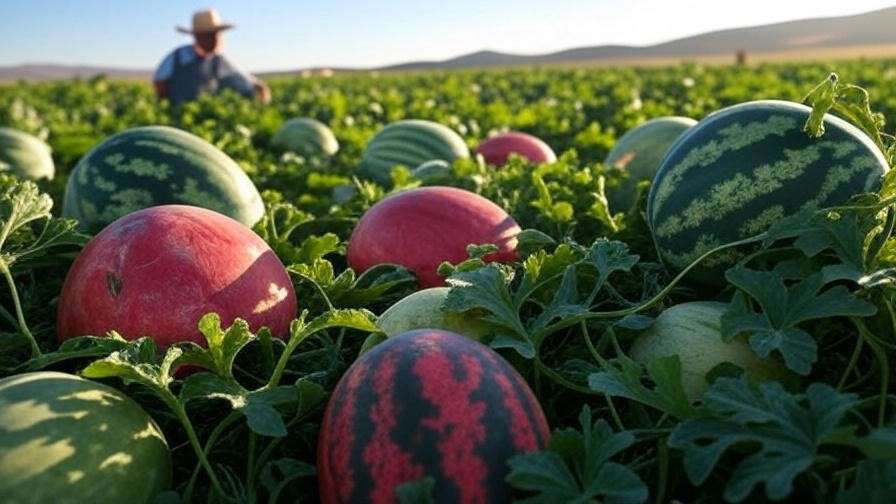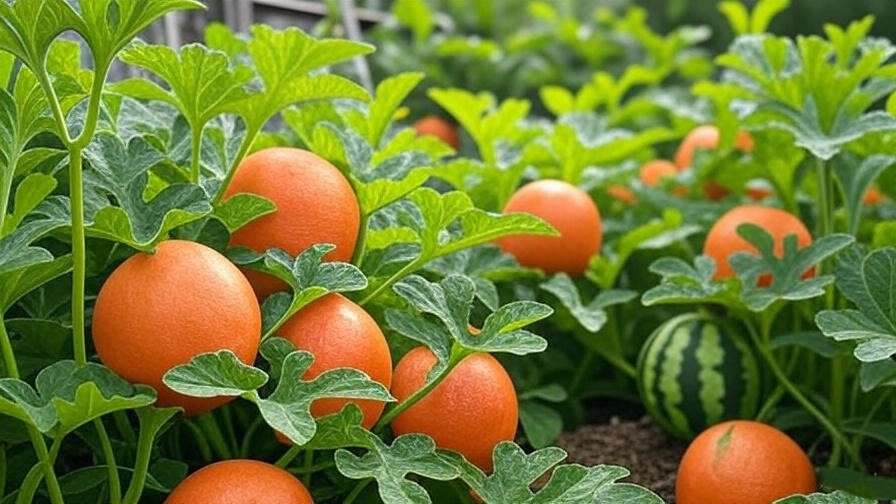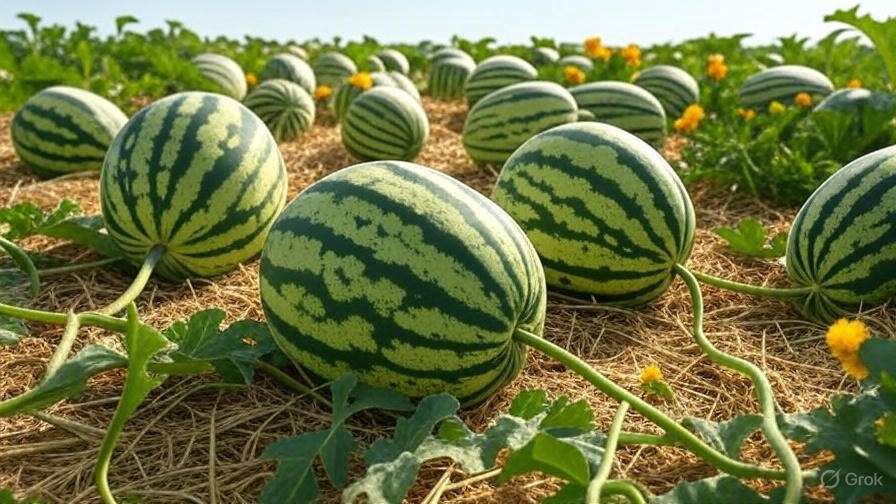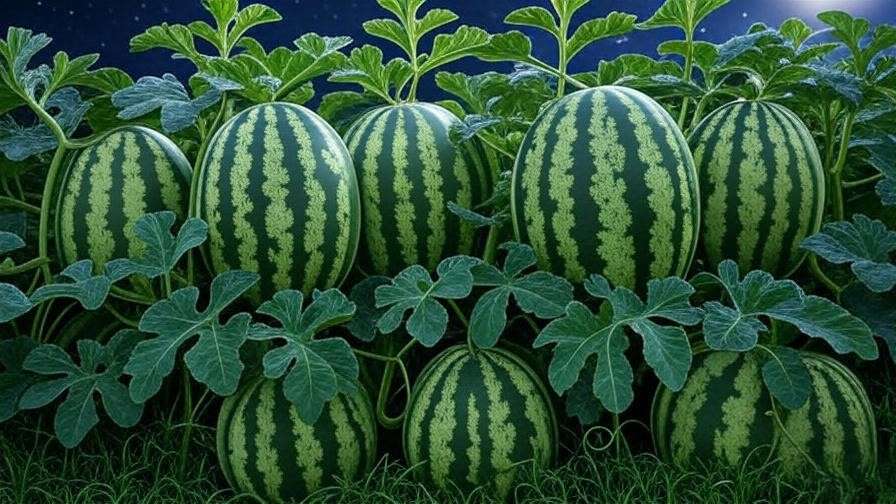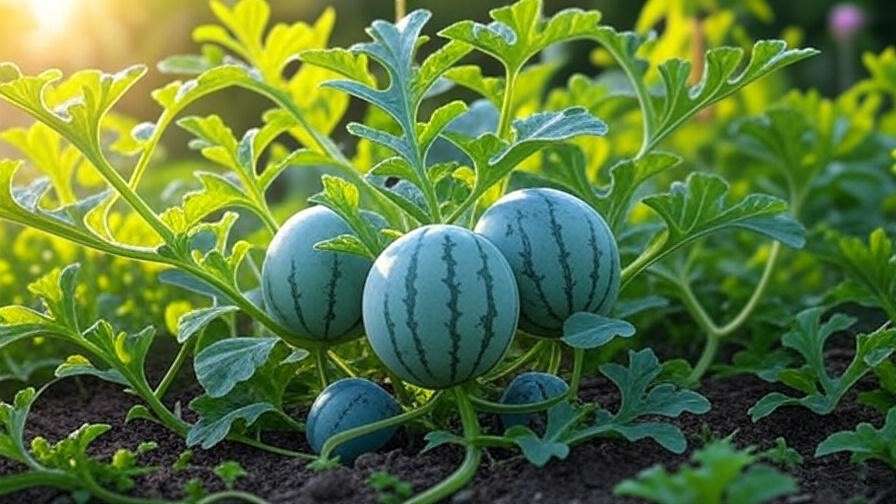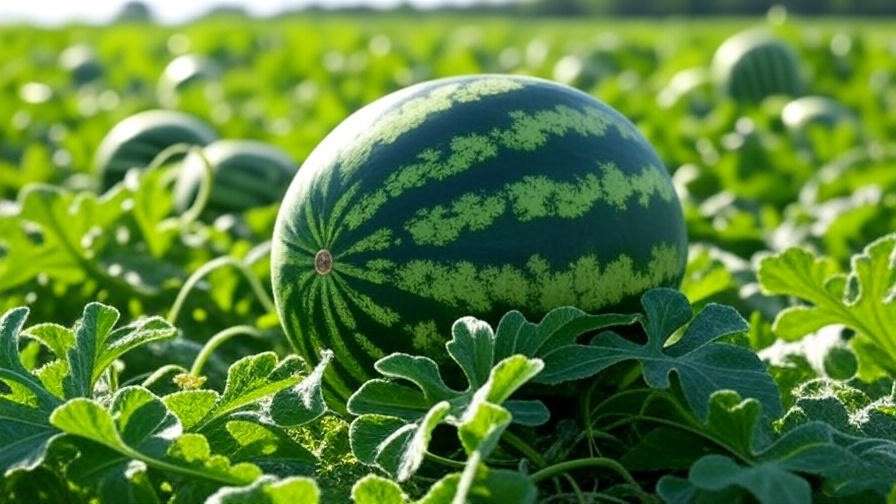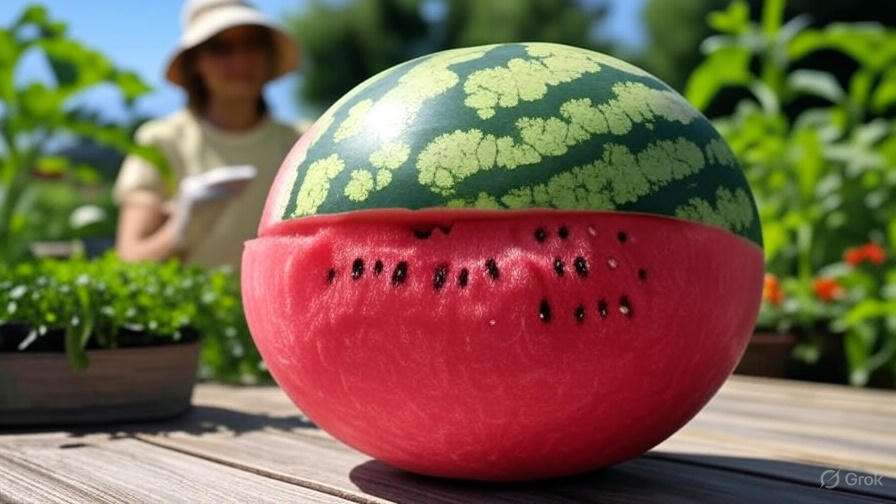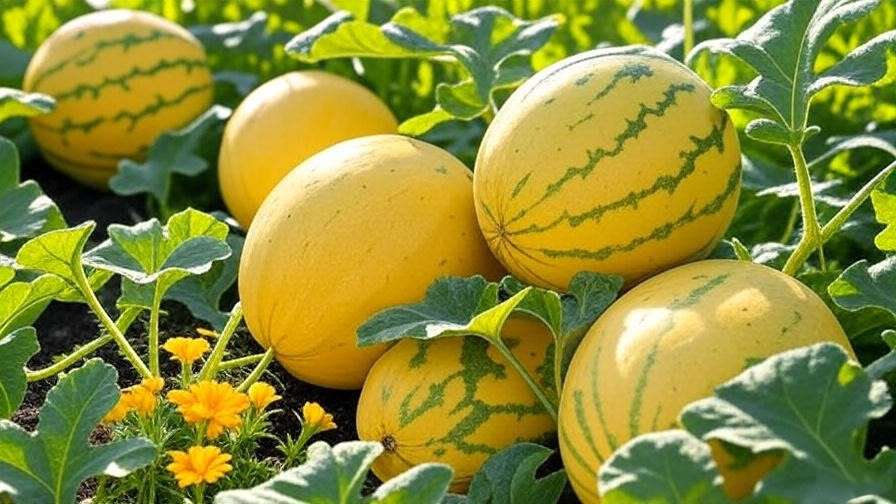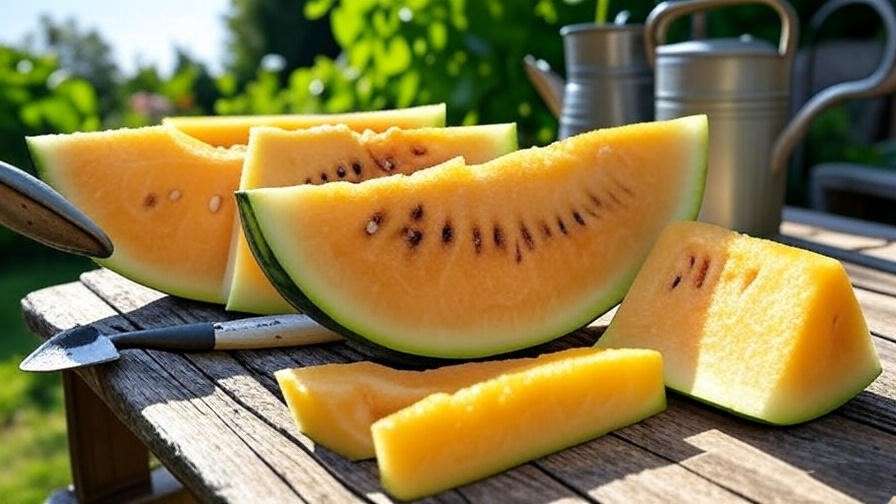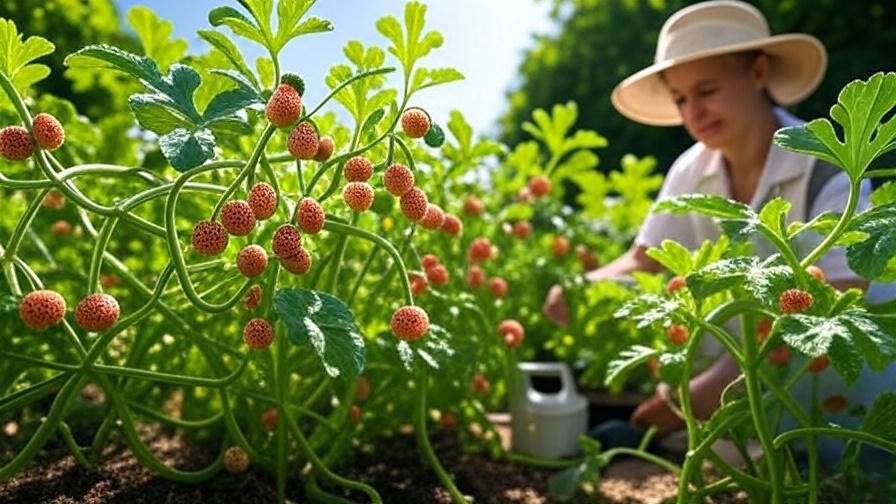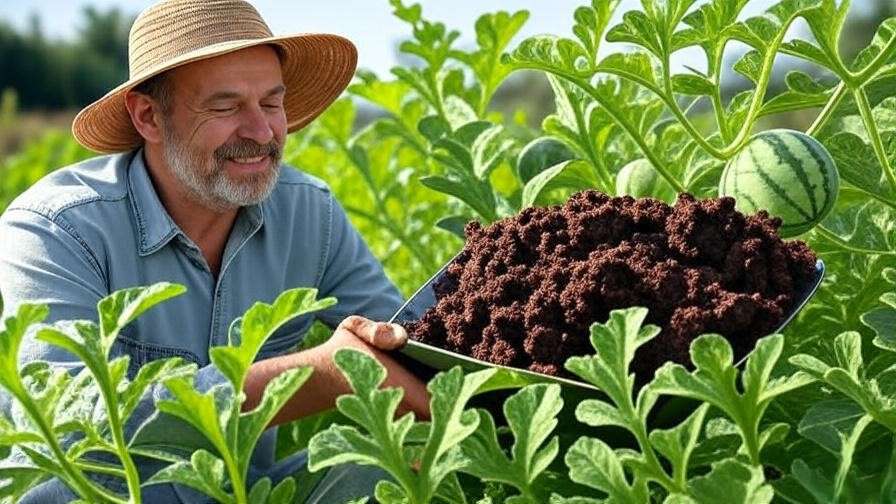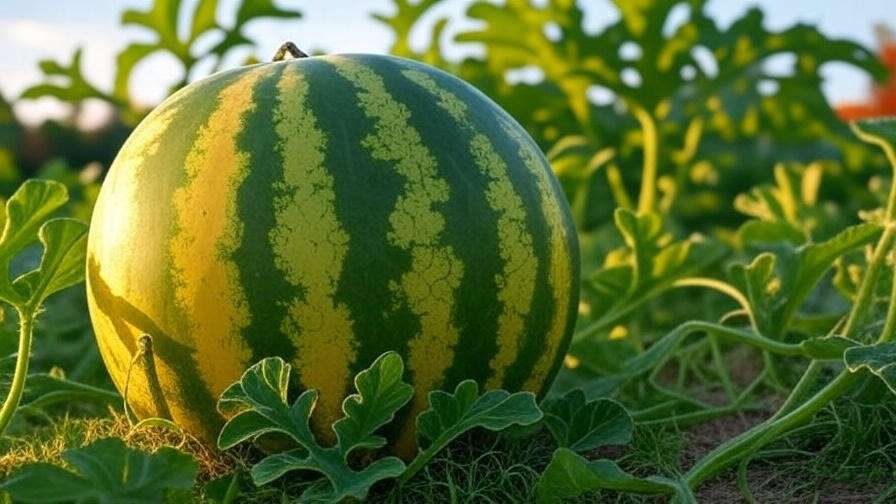Picture this: you slice open a watermelon, its vibrant red flesh dripping with sweet juice, grown right in your backyard. For gardeners, Hermiston Oregon watermelons represent the pinnacle of homegrown perfection, thanks to the region’s ideal climate and rich soil. Known for their unmatched sweetness and crisp texture, these melons have made Hermiston a household name among fruit enthusiasts. Whether you’re a novice or a seasoned grower, this guide will walk you through every step to cultivate Hermiston Oregon watermelons successfully. With expert tips rooted in decades of local farming wisdom, you’ll learn how to grow juicy, flavorful melons at home. Let’s dig in! 🌱
Understanding Hermiston Oregon Watermelons 🌾
What Makes Hermiston Watermelons Special?
Hermiston, Oregon, is a watermelon-growing paradise, nestled in the Columbia River Basin with a unique microclimate of warm days, cool nights, and fertile, well-drained soil. These conditions produce watermelons with exceptional sweetness, often reaching 12–13% Brix (a measure of sugar content). The region’s loamy soil, with a pH of 6.0–6.8, and an average growing season of 120–150 frost-free days, create the perfect environment for melons. Hermiston’s agricultural heritage, dating back to the early 20th century, has honed techniques that maximize flavor and yield, making its watermelons a benchmark for quality.
Expert Insight: According to Oregon State University’s agricultural extension, Hermiston’s low humidity reduces disease pressure, allowing watermelons to thrive with minimal chemical intervention. This makes them ideal for organic gardening enthusiasts.
Popular Hermiston Watermelon Varieties to Grow
Choosing the right variety is key to replicating Hermiston’s success. Here are three top varieties suited for Hermiston-like conditions:
- Crimson Sweet: Known for its large, 15–25-pound fruits with deep red flesh and high sugar content. Ideal for hot, sunny climates.
- Sugar Baby: A compact, 6–12-pound melon perfect for smaller gardens or containers. Matures in 75–80 days.
- Charleston Gray: A classic heirloom with elongated, 20–30-pound fruits and a tough rind, great for long storage.
| Variety | Fruit Size | Days to Maturity | Flavor Profile |
| Crimson Sweet | 15–25 lbs | 85–90 days | Sweet, juicy |
| Sugar Baby | 6–12 lbs | 75–80 days | Mildly sweet, crisp |
| Charleston Gray | 20–30 lbs | 90–100 days | Sweet, slightly tangy |
Tip: For beginners, start with Sugar Baby for its compact size and early harvest. Advanced growers can experiment with Charleston Gray for larger yields.
Preparing to Grow Hermiston Oregon Watermelons 🛠️
Choosing the Perfect Location
Watermelons crave sunlight and space. Select a spot with at least 6–8 hours of direct sunlight daily, mimicking Hermiston’s sunny days. Well-drained soil is critical to prevent root rot, as watermelons dislike “wet feet.” If you’re outside Hermiston, test your soil’s drainage by digging a 12-inch hole, filling it with water, and ensuring it drains within an hour. Flat or slightly sloped areas work best to avoid water pooling.
Example: To replicate Hermiston’s conditions, choose a south-facing plot with minimal shade. Clear weeds and rocks to maximize root space.
Soil Preparation for Maximum Yield
Healthy soil is the foundation of sweet watermelons. Aim for a pH of 6.0–6.8, testable with a home soil kit. Amend clay-heavy or sandy soils with organic matter like compost or aged manure to improve texture and nutrient retention. In Hermiston, farmers often mix in 2–3 inches of compost and a balanced 10-10-10 fertilizer before planting.
Step-by-Step Soil Prep:
- Test soil pH and adjust with lime (to raise) or sulfur (to lower).
- Till the soil to a depth of 12 inches to loosen it.
- Add 2–3 inches of compost or manure and mix thoroughly.
- Apply a balanced fertilizer (e.g., 1 lb per 100 sq ft) and rake smooth.
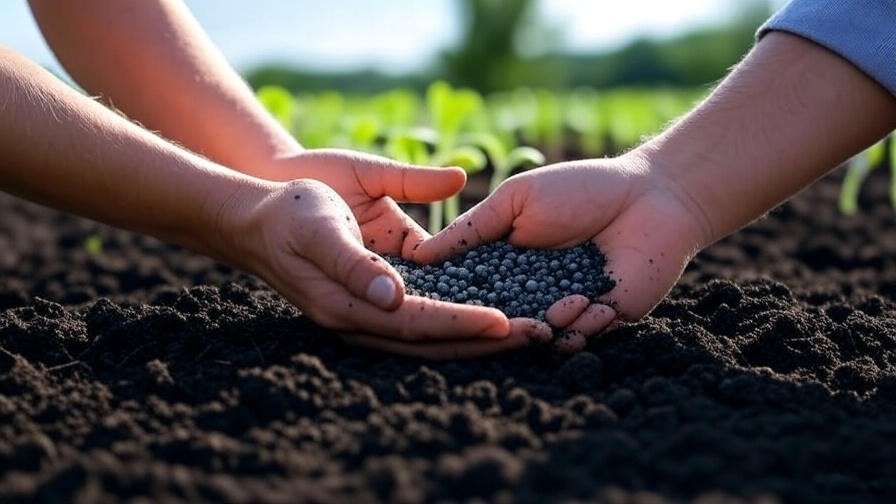
Expert Insight: Hermiston growers swear by cover crops like clover in the off-season to enrich soil naturally. Rotate crops yearly to prevent nutrient depletion.
Selecting and Sourcing Quality Seeds
High-quality seeds ensure vigorous plants. Purchase from reputable suppliers like Burpee, Johnny’s Selected Seeds, or local Hermiston nurseries for region-specific varieties. Heirloom seeds offer authentic flavor but may take longer to mature, while hybrids provide disease resistance and faster growth.
FAQ: Can I save seeds from Hermiston watermelons for next season? Yes, but only from heirloom varieties. Rinse seeds, dry them thoroughly, and store in a cool, dry place. Hybrid seeds may not produce true-to-type plants.
Planting Hermiston Watermelons: Step-by-Step Guide 🌱
When to Plant for Optimal Growth
In Hermiston, planting occurs in late spring (mid-May to early June) after the last frost, when soil temperatures reach 70°F. For other regions, check your local frost dates and aim for soil temperatures above 65°F. If you’re in a cooler climate, use black plastic mulch to warm the soil faster.
Planting Calendar:
- Hermiston: May 15–June 10
- Similar Climates (e.g., USDA Zones 5–7): Late April–early June
- Cooler Climates: Start seeds indoors 3–4 weeks before transplanting.
Tip: Cover young plants with row covers if frost is a risk, removing them once temperatures stabilize.
How to Plant Watermelon Seeds or Seedlings
Watermelons need space to sprawl. Plant seeds or seedlings in hills or rows, spacing them 3–5 feet apart to prevent crowding. Hills (mounds 6–8 inches high) improve drainage and warmth, ideal for heavy soils.
Planting Steps:
- Create hills or rows, spacing plants 3–5 feet apart.
- Plant seeds 1 inch deep, 2–3 seeds per hill, or transplant seedlings at the same depth as their nursery pot.
- Water thoroughly after planting to settle the soil.
- Thin to the strongest seedling per hill after 2 weeks.
Visual Aid:
[Diagram: Rows vs. Hills Layout]
Rows: 6–8 ft apart, plants 3 ft apart.
Hills: 6 ft apart, 2–3 plants per hill, thinned to 1.

Watering and Irrigation Best Practices
Watermelons need consistent moisture, especially during flowering and fruit development. Aim for 1–2 inches of water per week, adjusting for rainfall. Drip irrigation or soaker hoses deliver water directly to roots, reducing leaf wetness and disease risk. In Hermiston, farmers use drip systems to mimic the region’s low rainfall, ensuring deep watering without runoff.
Tip: Water early in the morning to allow foliage to dry before evening, preventing fungal issues.
Caring for Your Watermelon Plants 🌿
Nutrient Management and Fertilization
Proper nutrition is critical for growing Hermiston Oregon watermelons that burst with flavor. Watermelons are heavy feeders, requiring a balanced supply of nitrogen, phosphorus, and potassium at different growth stages. In the early vegetative phase, nitrogen promotes leafy growth, while phosphorus and potassium support flowering and fruit development.
Fertilization Schedule:
- Pre-Planting: Apply a balanced 10-10-10 fertilizer (1 lb per 100 sq ft) or organic alternatives like fish emulsion.
- Vegetative Growth (2–4 weeks post-planting): Side-dress with a nitrogen-rich fertilizer (e.g., 21-0-0) at 0.5 lb per 100 sq ft.
- Flowering and Fruiting: Switch to a phosphorus- and potassium-heavy fertilizer (e.g., 5-10-10) to boost fruit size and sweetness.
Organic Options: Compost tea or aged manure provides slow-release nutrients, mimicking Hermiston’s sustainable practices. Avoid over-fertilizing, as excess nitrogen can lead to lush vines but small, tasteless fruits.
Warning: Test soil nutrient levels annually to prevent imbalances. Overuse of nitrogen late in the season can delay fruit ripening.
Pruning and Vine Management
Pruning watermelon vines improves airflow, reduces disease risk, and directs energy to fruit production. Hermiston growers often trim secondary vines to focus growth on 2–3 main vines per plant. Remove suckers (small shoots) and damaged leaves regularly, but avoid over-pruning, which can stress plants.
Vine Management Tips:
- Support Heavy Fruits: Use slings made from old t-shirts or netting to support melons as they grow, preventing vine strain.
- Trellising: For small gardens, train vines on a sturdy trellis to save space, ensuring supports can hold 20+ pounds.
- Example: A Hermiston farmer shared, “I prune to three main vines and use straw mulch under fruits to keep them clean and pest-free.”
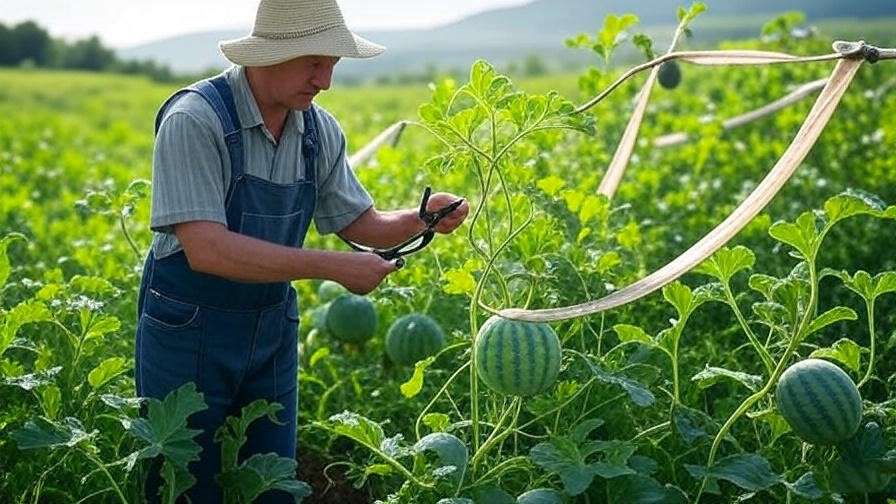
Pest and Disease Control
Watermelons face threats from pests like aphids, cucumber beetles, and spider mites, as well as diseases such as powdery mildew and fusarium wilt. Hermiston’s dry climate reduces fungal issues, but proactive management is essential elsewhere.
Common Pests and Solutions:
- Aphids: Spray with neem oil or introduce ladybugs as natural predators.
- Cucumber Beetles: Use row covers until flowering, then apply pyrethrin-based insecticides sparingly.
- Spider Mites: Increase humidity and use insecticidal soap for control.
Disease Prevention:
- Powdery Mildew: Ensure good airflow by spacing plants and applying sulfur-based fungicides early.
- Fusarium Wilt: Choose resistant varieties like Crimson Sweet and rotate crops every 3–4 years.
Expert Insight: Hermiston farmers use integrated pest management (IPM), combining crop rotation, resistant varieties, and minimal chemical use to maintain healthy plants.
Harvesting and Storing Hermiston Oregon Watermelons 🍉
When and How to Harvest
Knowing when to harvest is key to enjoying sweet, ripe Hermiston Oregon watermelons. Look for these signs of ripeness:
- Yellow Belly: The spot where the melon rests on the ground turns creamy yellow.
- Dull Rind: The rind loses its glossy shine and feels slightly rough.
- Thumping Test: A ripe watermelon produces a deep, hollow sound when tapped.
Harvesting Steps:
- Use a sharp knife or pruners to cut the stem 1–2 inches above the fruit.
- Avoid twisting or pulling, which can damage the vine or fruit.
- Handle gently to prevent bruising, which reduces storage life.
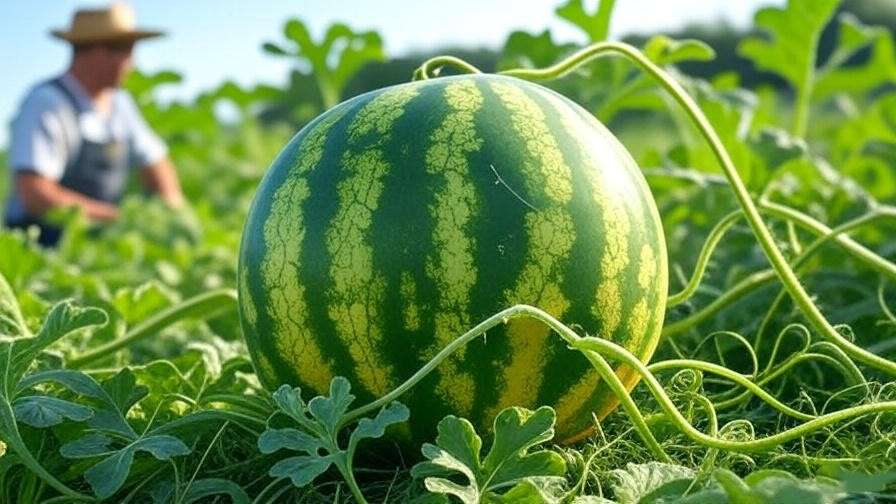
Tip: Harvest in the morning when temperatures are cooler to preserve flavor and firmness.
Storing and Preserving Your Watermelons
Freshly harvested watermelons store well under the right conditions. Keep them in a cool, dry place (50–60°F) with good ventilation for 2–3 weeks. Avoid stacking melons to prevent pressure marks.
Preservation Ideas:
- Freezing: Cube watermelon flesh, remove seeds, and freeze in airtight bags for smoothies or sorbets.
- Juicing: Blend watermelon with a splash of lime for a refreshing drink; store in the fridge for up to 3 days.
- Pickling: Use the rind to make pickled watermelon rind, a Southern delicacy.
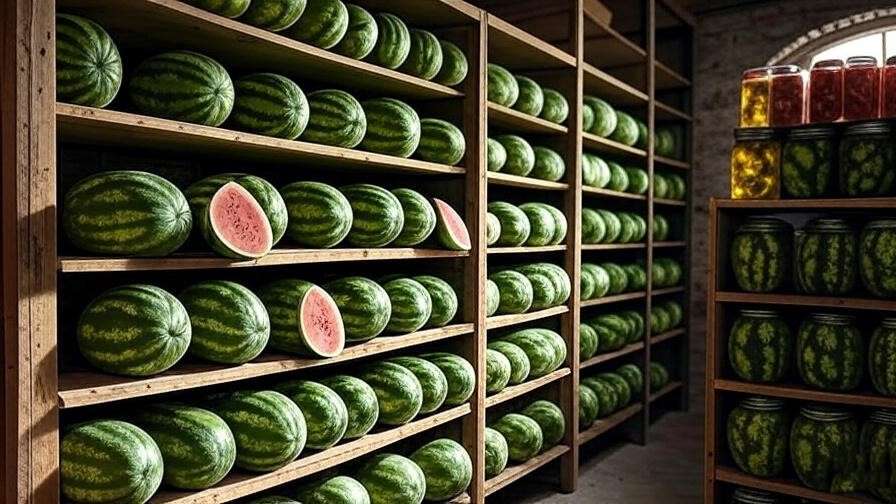
FAQ: How long do Hermiston watermelons last after harvest? Whole melons last 2–3 weeks at 50–60°F, while cut melons stay fresh for 3–5 days in the fridge.
Troubleshooting Common Watermelon Growing Problems ⚠️
Why Are My Watermelons Not Sweet?
Lack of sweetness often stems from insufficient sunlight, poor soil nutrients, or premature harvesting. To boost flavor:
- Ensure 6–8 hours of direct sun daily.
- Test soil and add potassium-rich fertilizers during fruiting.
- Wait for full ripeness (check yellow belly and thumping sound).
Hermiston Tip: Local growers extend the growing season by using black plastic mulch to trap heat, enhancing sugar development.
Dealing with Poor Fruit Set or Small Melons
Poor fruit set often results from inadequate pollination. Watermelons rely on bees, but you can hand-pollinate if bee activity is low:
- Identify male (thin stem) and female (small fruit at base) flowers.
- Use a small brush to transfer pollen from male to female flowers.
- Repeat daily during peak flowering.
Small melons may indicate overcrowding or nutrient deficiencies. Ensure proper spacing (3–5 feet) and apply a phosphorus-heavy fertilizer during flowering.
Preventing Cracks and Splitting
Fruit splitting occurs due to irregular watering or rapid water uptake after dry spells. To prevent:
- Maintain consistent soil moisture with 1–2 inches of water weekly.
- Use mulch to regulate soil moisture and temperature.
- Avoid heavy watering during fruit ripening.
Expert Tips from Hermiston Growers 🌟
Hermiston’s watermelon farmers share time-tested wisdom:
- Rotate Crops: Plant watermelons in a new spot every 3–4 years to prevent soil-borne diseases.
- Use Straw Mulch: Place straw under fruits to keep them clean and deter pests.
- Monitor Weather: Protect plants from late frosts with row covers, a common Hermiston practice.
Quote: “In Hermiston, we treat watermelons like family—give them good soil, steady water, and a little love, and they’ll reward you with the sweetest fruit,” says local grower Mary Thompson.
Why Grow Hermiston Oregon Watermelons at Home? 🏡
Growing Hermiston Oregon watermelons offers more than just delicious fruit. You’ll save money compared to store-bought melons, enjoy fresher flavors, and experience the joy of gardening. Plus, cultivating these iconic melons connects you to Hermiston’s rich agricultural heritage. Whether you have a sprawling backyard or a small patio, varieties like Sugar Baby make it possible for anyone to grow juicy melons.
Call-to-Action: Start your watermelon garden today! Share your progress with #HermistonWatermelons and inspire others to grow their own.
Frequently Asked Questions (FAQs) ❓
FAQ 1: What is the best watermelon variety for beginners in Hermiston-like climates?
Sugar Baby is ideal due to its compact size, early maturity (75–80 days), and adaptability to various soils.
FAQ 2: How much water do Hermiston watermelons need weekly?
Provide 1–2 inches of water per week, ensuring deep watering to reach roots without waterlogging.
FAQ 3: Can I grow Hermiston watermelons in containers?
Yes, use Sugar Baby in a 15–20-gallon container with well-drained soil and a trellis for support.
FAQ 4: How do I know if my watermelon is ripe without cutting it?
Check for a yellow belly, dull rind, and hollow thump when tapped.
FAQ 5: Are Hermiston watermelons resistant to common pests?
Varieties like Crimson Sweet have some resistance, but proactive pest management (e.g., row covers, neem oil) is essential.
Conclusion 🎉
Growing Hermiston Oregon watermelons is a rewarding journey that transforms your garden into a source of sweet, juicy melons. From preparing nutrient-rich soil to mastering irrigation and pest control, this guide equips you with expert strategies rooted in Hermiston’s farming legacy. Start small with a beginner-friendly variety like Sugar Baby, or go big with Charleston Gray for a bountiful harvest. Share your watermelon-growing story with #HermistonWatermelons and explore more plant care tips on our website. Happy growing up! 🌱🍉

